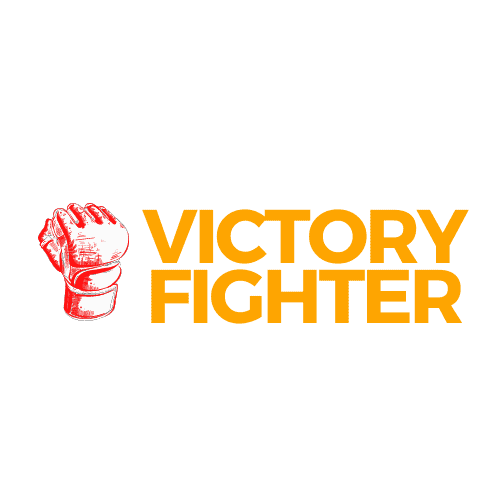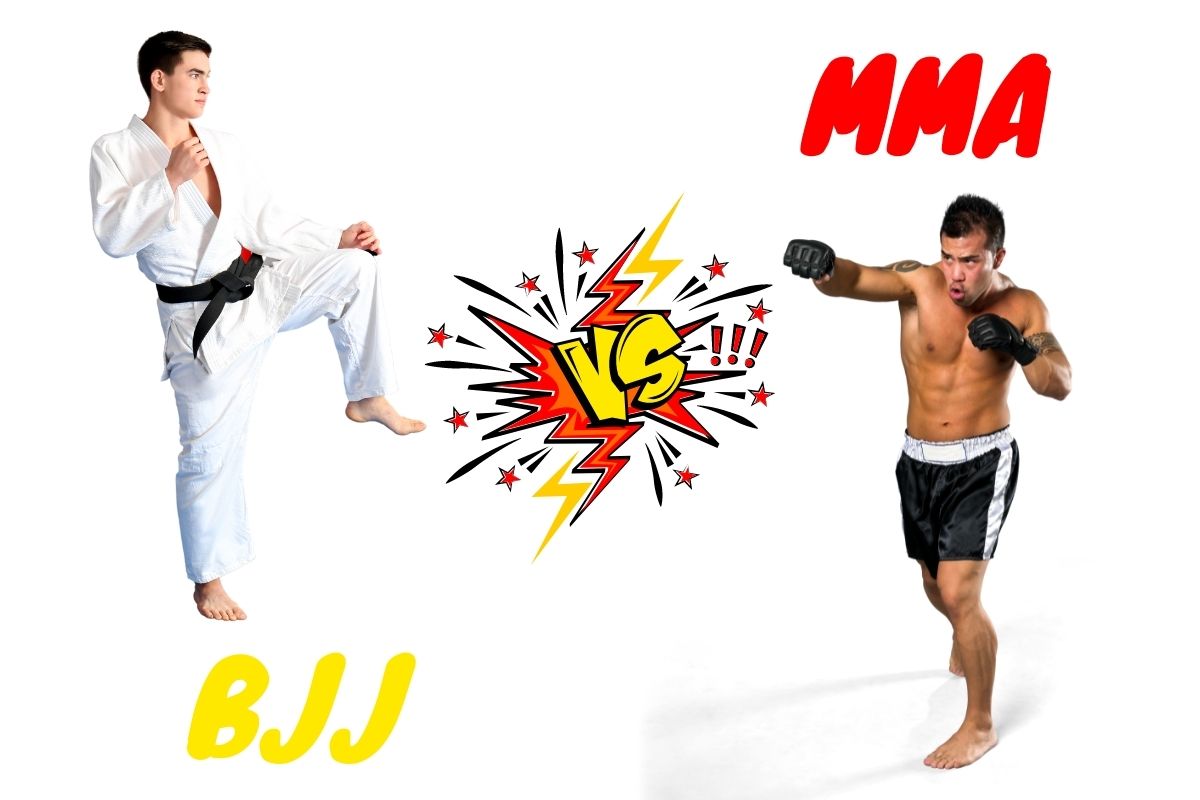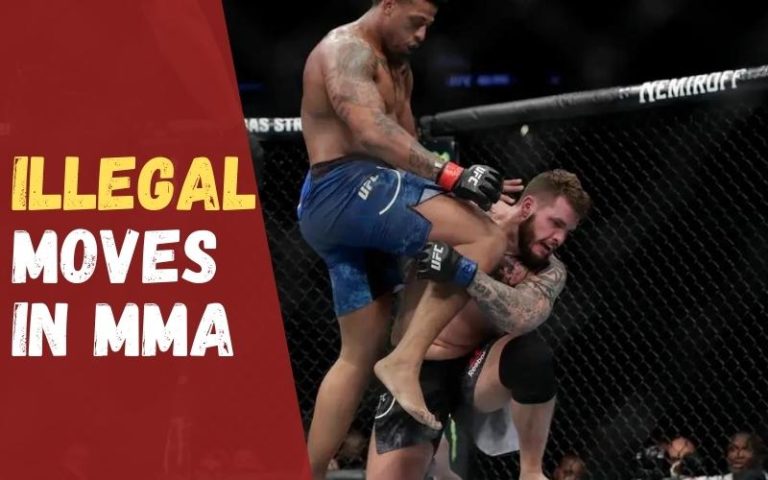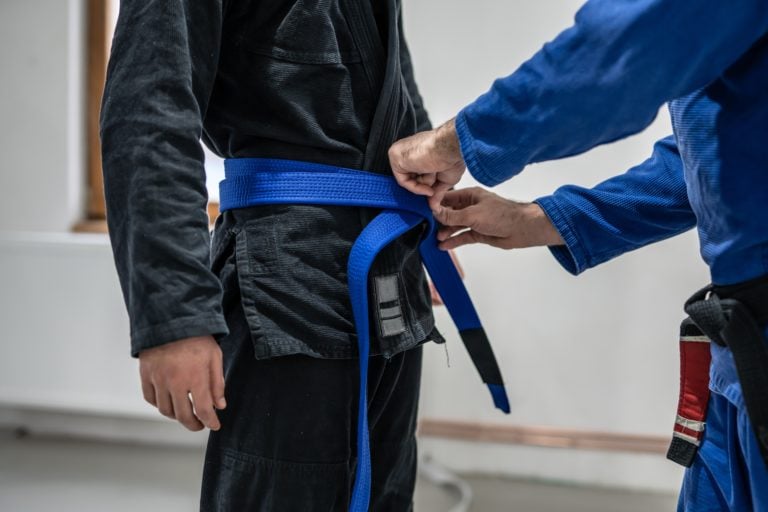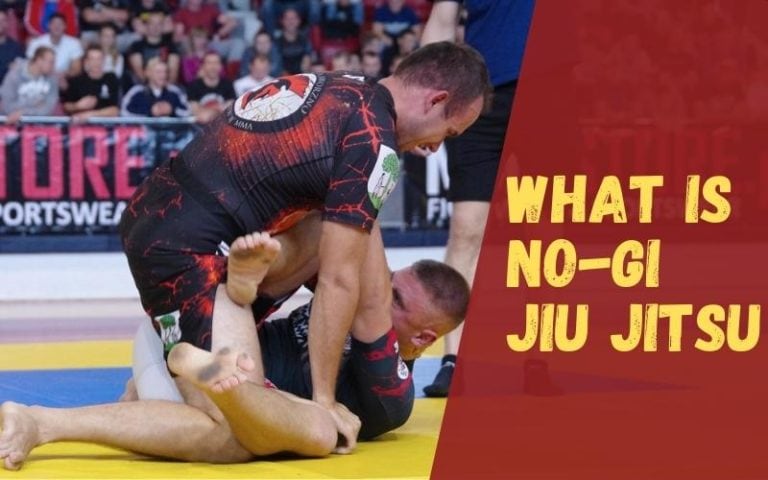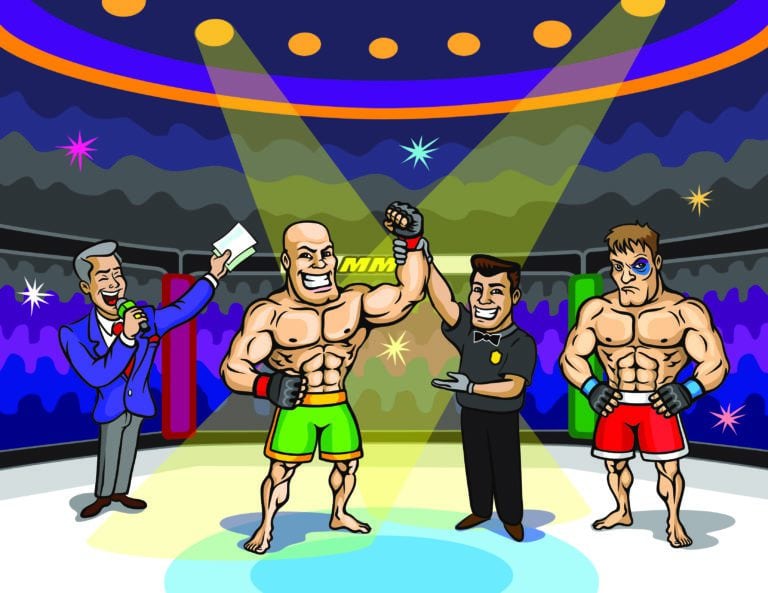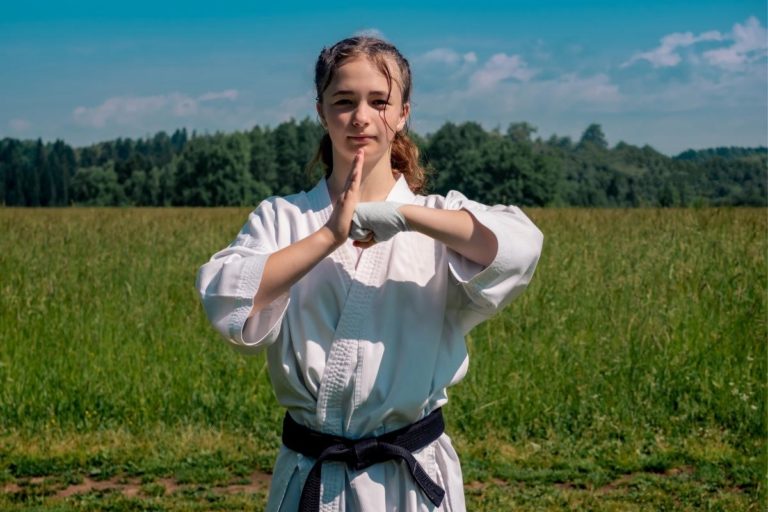MMA vs BJJ— Which One Is Better and Why?
MMA and BJJ are two separate forms of combat that do not share much in common. Yes, BJJ plays a big role in modern MMA. But if you look at these two as separate martial arts, there are very few similarities. But which one is better and why?
MMA is a versatile all-around system, and with that, more practical in real life fighting than BJJ. As its name suggests, it is a mix of only the most effective techniques from martial arts like Muay Thai, boxing, BJJ, and wrestling. You can look at it as the “ultimate” martial art because it trains you how to strike, fight inside the clinch, grapple and fight on the ground.
BJJ, on the other side, is also highly effective but not as much as MMA simply because it is one-dimensional. It entirely focuses on utilizing throws, dominant positions, and submitting people with chokes, and joint locks. It won’t teach any striking and that’s its biggest downside. Is this enough to say MMA is better?
Keep reading this article to learn more about MMA vs BJJ and how these two differ from one another and compare in different aspects.
MMA vs BJJ — what are the main differences?
The main difference is that MMA is an all-around system that consists of striking, grappling, and ground fighting techniques mixed together while BJJ focuses only on grappling. Here is a list of the key other differences between MMA and BJJ:
BJJ is a much older style
Although the origins of MMA go all the way back to ancient Greece and the sport named “Pankration”, the modern form emerged in the late 80s and early 90s with the birth of the “Shooto” and “UFC” promotions. On the other side, BJJ emerged in the 1920s in Brazil. Brothers Carlos and Helio Gracie used Judo as a base to develop their own system that puts more emphasis on ground fighting.
MMA includes far more techniques
“Mixed martial arts” is a mix of techniques from various striking and grappling martial arts. It enables athletes to use all limbs as weapons to do damage at all ranges with kicks, punches, and land vicious knees and elbows. They also use takedowns, throws, trips, and sweeps to take the opponent down where they can apply chokes and joint locks to subdue the opponent, or do damage with strikes.
BJJ has far less techniques because the entire focus of training is on grappling and there is no striking at all. Each match starts on the feet where the main goal is to throw the opponent down utilizing takedowns or judo trips and throws. Next, the key is to secure a dominant position from which you may place a choke or joint lock and win the match.
Tactics and emphasis
MMA is a combat sport where athletes compete to win matches, money, and fame. But despite being a sport, MMA as a concept is freestyle combat where fighters can use all techniques, regardless of the martial art, as long as those are within the rules. The main goal is to develop all-around skills, learn how to fight in all three elements: standup, clinch, and ground, and become skilled enough to apply that in real combat.
In its initial form, BJJ is a self-defense martial art designed to help a smaller person defeat a much bigger attacker. But like in most other martial arts, the modern practice moved away from traditional methods of teaching and now focuses more on competition and preparing you to compete under the strict rules. Though limited due to the lack of striking, BJJ is a complex system, so much so that people call it a “human chess match” due to so many variables.
Differences in rules
MMA rules are quite simple:
- Non-title matches include 3 rounds of action with each round being 5 minutes long while matches for the title are 5 rounds. There is a 1-minute break between each round.
- Athletes compete in the steel cage that comes in different shapes, or inside the squared ring.
- Each event includes three judges responsible for scoring the bout using a 10-point must system adopted from boxing.
- Dirty moves like eye-gouging, striking the throat and groin area, headbutting, or kicking the grounded opponent to the head are prohibited.
- All fighters must wear a pair of 4oz open-fingered gloves, shorts, a mouthguard, and a groin cup.
BJJ rules are the following:
- The length of the match varies between different ranks, and organizations. In most cases, white belts compete for 5 minutes, blue belts for 6 min, purple belts for 7 min, brown belts for 8 min, and black belts for 10.
- 4 points are awarded for taking a dominant position such as mount, back mount, and back control
- 3 points are awarded for passing the guard
- 2 points are awarded for takedowns, sweeps, and knee on the belly
- All competitors must wear a gi uniform that consists of a jacket and pants and they compete on the open mats.
MMA vs BJJ for self-defense
When it comes to self-defense and street fighting, MMA is better because it is more versatile, and with that, covers more scenarios. But at the same time, do not underestimate the power of BJJ, and how practical this system has been proven to be in real-life fighting.
The important thing to note is that there are different styles of BJJ like Gi and NO-Gi. “Gracie Jiu-Jitsu” is often seen as the most practical style of them all as it entirely focuses on the self-defense aspect. There is also a “Combat Jiu-Jitsu” style developed by Eddie Bravo that includes open-handed strikes, but this style is yet to become popular. The reality is that most modern BJJ gyms around the world have moved away from the traditional methods of teaching.
Still, the power of the system lies in the fact that most average people don’t know how to grapple or defend against chokes and joint locks. It takes years to develop balance, coordination, and reactions to defend against these attacks. Even if you are physically bigger and stronger, you can’t just fight your way out of the bad position or submission using sheer force, you must know the exact procedure.
This is the main reason why most people look desperate and hopeless in a street fight against skilled grapplers. Once a fight breaks out, you can be the best striker in the world, but once a grappler dives for the legs and takes you down, it’s just a matter before you tap out or blackout.
MMA goes even further because it actually prepares you for most scenarios you may face on the streets. It doesn’t matter if the fight is on the feet, in the clinch, or on the ground, trained MMA fighters feel comfortable in any place or position. This makes them capable of fighting in different places like a bar, parking lot, or a room, and at all ranges. Yes, MMA remains a combat sport where fighters compete under the rules, but as a concept, it is close to ideal for self-defense. It will teach you most techniques you learn in BJJ and adds Muay Thai type of striking and wrestling on top of it.
MMA vs. BJJ — who would win in a fight?
MMA fighters are likely to win as they have more weapons at their disposal, and are better trained for freestyle combat. They are well trained to deal with any style the opponent is bringing, including BJJ which, on the other side, is quite limited due to the lack of striking.
There is an argument that a BJJ fighter, who excels in one aspect, has better chances against a fighter who knows a bit of everything. However, matching fighters from both arts who share the same level of experience would end up with MMA fighters winning most of the matches.
Back in the early 90s, MMA events were promoted as “legal street fighting”. Though a lot has changed over the years in terms of rules and safety, the concept of the sport has not. MMA remains the closest humans have got to “legal street fights”, and athletes who compete inside the cage are the “ultimate fighters”. At least on paper, they are superior to fighters from other martial arts, including the Gracie Jiu-Jitsu system.
The chances of BJJ athletes beating MMA fighters increase if the fight is in a closed space like a room, hall, or crowded bar. They can use this scenario to their advantage to quickly secure a strong grip, and in the best case, a dominant position from which they can submit the cage fighter. Yes, MMA fighters are trained to grapple and defend on the ground, but the skills they possess might not be enough against a top-level grappler.
MMA vs BJJ — which one is harder to learn?
In terms of time you need to spend in the gym, the only fair answer is that both BJJ and MMA are very, very hard to learn. Still, the time you need to become proficient does not reflect how hard BJJ or MMA is to learn, it’s just one aspect. To truly determine which one is harder, let’s take the following factors into the consideration.
Number of techniques — MMA
MMA involves far more techniques because it includes both striking and grappling. To succeed, each fighter must learn various Muay Thai, boxing, wrestling, and BJJ techniques with the hardest part being learning how to mix those together.
Takes more time to learn — BJJ
Yes, MMA is more complex, and in some way, learning never stops due to so many variables and the evolution of techniques. But a lot of fighters with a strong background in one martial art, wrestling, for instance, can switch over to MMA and become skilled fighters in just a couple of years. On the other side, there is a strict belt ranking system in BJJ that goes from a white belt (beginners) to a black belt (masters). On average, students need to spend 7–10 years, in a lot of cases even more than that to reach a black belt rank.
More intense — MMA
There is so much to learn in MMA and a lot of people have a hard time keeping up with the classes. Each week of training is a mix of grappling, striking, strength and conditioning workouts, and hard sparring. There’s no skipping classes, taking shortcuts, or finding an easy way out.
Harder on your body — MMA
BJJ is also cardio intense and hard on your body. Rolling down on the mats against the people of your size or bigger does not come without consequences. However, there is no striking at all, and with that, students are free from severe injuries like facial fractures, concussions, and long term brain damage.
MMA vs BJJ — which one is safer?
BJJ is much safer because of the fact that there is no striking at all. This doesn’t mean that students don’t get hurt, no, like all other sports, training carries a certain risk of injuries. However, vicious punches and kicks thrown with full power to the head is what is what’s causing the most serious injuries, and MMA is having a ton of it.
According to stats, the rate of injuries in BJJ is 9.2 per 1000 exposures, which is much lower than in most other martial arts. For example, the same number in MMA ranges between 22.9 and 28.6 per 100 exposures, which makes MMA a very dangerous sport. In fact, it would be foolish to sign up for the classes that include full contact sparring thinking that you won’t get hurt. Some of the most common injuries are torn ligaments and muscles, leg/foot/wrist fractures, concussion, broken nose/jaw/orbital bone, and many other.
